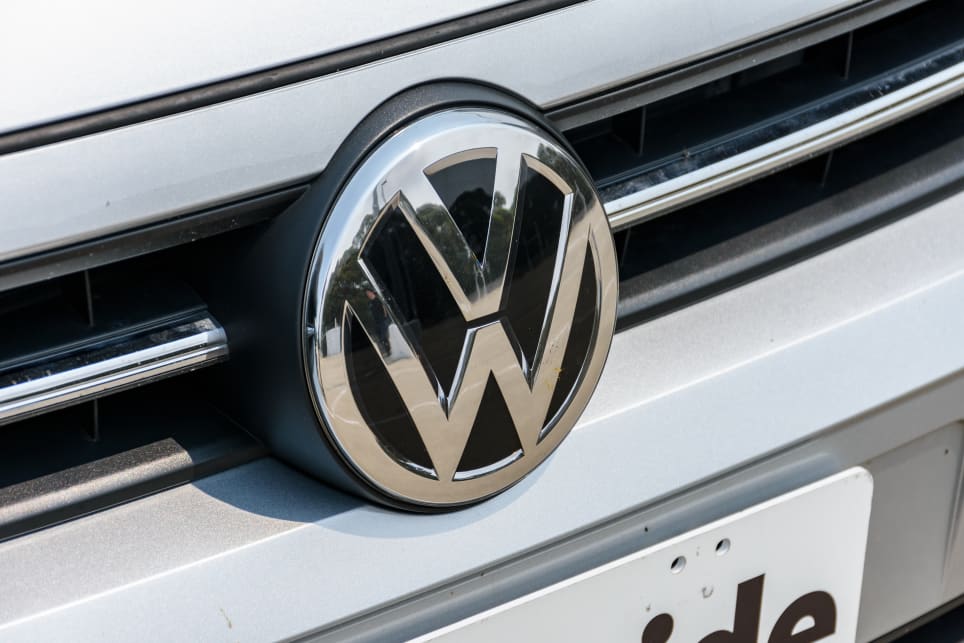
The next Subaru Brumby!? New Volkswagen ute based on Polo under study
- Volkswagen Polo
- Volkswagen Polo 2023
- Volkswagen News
- Volkswagen Ute Range
- Ute
- Volkswagen
- Industry news

A Volkswagen executive has indicated the brand is considering a small, Polo-based ute with a decision likely to be made this year.
Martina Biene is the new CEO of Volkswagen Group South Africa (VWSA), and she’s aiming to keep things on track for the African arm of VW Group into an era where exports from Africa to Europe are becoming less sensible or profitable.
“We don’t want to rely on exporting to Europe,” she tells Engineering News. “We would want to do business at home first, which means Africa. Our long-term future is in Africa.”
Read more about Volkswagen Polo
- Volkswagen reveals plans for expanded electric car range - including sub-$40k small car, and EVs with 700km of driving range
- Volkswagen Australia "led the charge" on new Amarok ute
- Volkswagen Australia 'incredibly interested' in new electric Toyota LandCruiser and Chevrolet Silverado rivals from new Scout brand
“Shipping vehicles to Europe does not really help our carbon footprint, especially as Volkswagen aims to become a zero-carbon manufacturer.
“Getting components like batteries from Asia or Europe to here, and then shipping vehicles back, is even worse.
“Also, Europe is not currently looking to Kariega to be the next plant to be converted to an EV plant, as there are still plants in Europe which produce combustion engine vehicles and they have to be switched first.”
As the need for European exports reduces, it seems VWSA is likely to pick up production of a new model for the African market, which is most likely to be a Polo-based ute.
Biene says if the vehicle is to be as such, VWSA would need to sell about 20,000 a year to cover the cost of creating them in right-hand drive.
Given the Polo is already assembled there, Ms Biene says it’s well within reason to expect costs to be achievable.
One major delay that could inhibit the creation of the Polo-based ute is if exports to Europe continue to require most of the South African Kariega plant’s production capacity.
“If the Kariega plant is filled to capacity with existing products because we can still export to Europe, then we would probably push production of a third model out to later – but only to maximum 2030.”










Comments